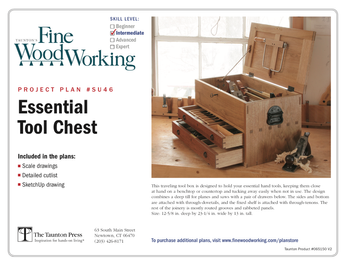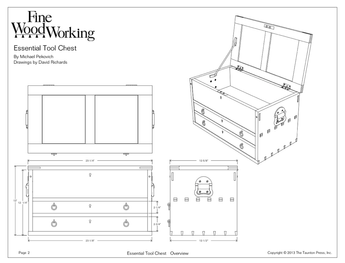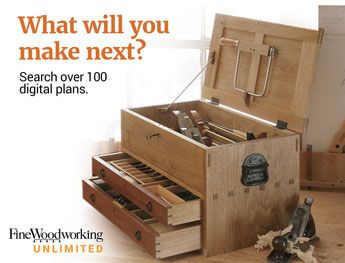Scratch Bead Cutter – After Shaping, ?
Scratch bead cutters are really neat, and sometimes very helpful. I am using old Stanley toolbox saw blades for the cutters. For general shaping, I have found that honing the sides on a 1200 grit waterstone makes the bluing solution work much better. For simple profiles like a 7/32 bead (smallest round file I could find) I filed the bead, leaving a small fillet, and then honed the sides flat again. Cutter probably hogs off the wood as much as it shaves. Needed a diagonal shape about 1/2″ long yesterday for 16 linear feet of cherry, and as the wood approached final shape I was having difficulty getting the cutter to continue shaving the surface.
I curious if those with more scratch bead experience try to prepare the edges in any way? Hone flat? Try to raise a burr as with card scrapers? Lightly draw file? Any input greatly appreciated. Thanks.















Replies
Using a Scratch stock to shape your pieces saves money and helps keep the dust down. Plus it feels great to. I think it's great to spend the time making a universal hand stock, or two, with interchangeable blade capability for your needs. I am no that experienced but Try a hacksaw blade ( is that what you meant by Stanley blade?) once they work very vell and be sure of your woods grain pattern and try drawing with the cutting always pointed away from yourself. (A plow plane or multi-plane may be an option for you for the hardier woods.) I like to quickly put edges on the blade with a sander, small circular type, after it is initially ground that way it seems both edge's get a small bur. It only takes a minute to do, good cutting! -Prota
Edited 3/14/2004 7:07 pm ET by protagora
Don,
I use very fine files to do the final shaping , being careful to keep the edge square. Then I hone the faces on a fine diamond pocket hone. You can file a small bevel to the profile, to help in a achieving smooth cut. The drawback to this bevel, is it will limit you working in only one direction, robbing you of the great advantage of the scratch stock, that is its ability to working in reversing grain. I have raised a burr on large or mildly curved scratch stocks ( much like I do with a gooseneck scraper), but most profiles are so small, that this isn't really practical. In the cases where it is possible, I use the shank of a broken 1/8" solid carbide router bit as a burnisher.
Rob Millard
Thanks for the replies.
I purchased a few good quality small files (warding, chain saw) and have a wish list of several more. They are very hard to find these days - found a machine tool shop supplier that maintains a varied inventory.
If you don't mind my asking Rob, have you ever had a cutter which occasionally wanted to slide or skip along the edge in spots rather than scrape? Did you find any way to deal with this, other than pressing harder into the wood?
Don
This forum post is now archived. Commenting has been disabled